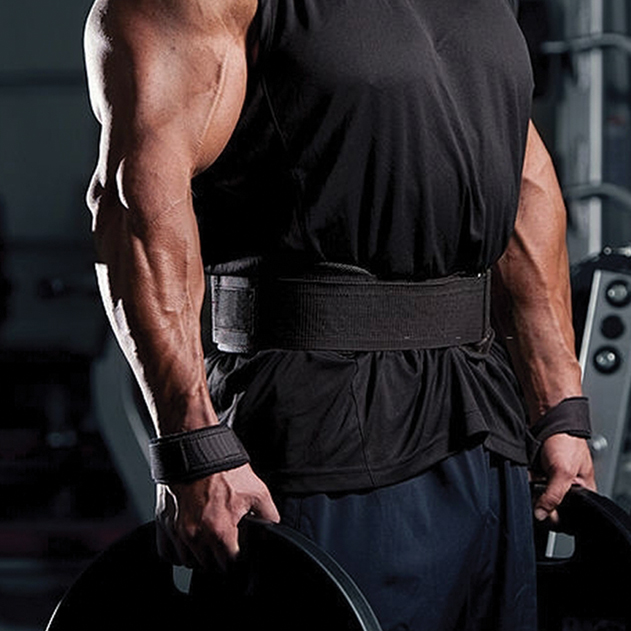Neoprene weightlifting belts are specialized supportive belts made from neoprene material, a synthetic rubber known for its elasticity, durability, and thermal insulation properties. These belts are designed to provide support and stability to the lower back and core muscles during weightlifting exercises, particularly heavy lifts like squats, dead lifts, and overhead presses. Here’s a detailed description of neoprene weightlifting belts:
- Material: Neoprene weightlifting belts are constructed from neoprene fabric, which is flexible, stretchable, and resistant to wear and tear. Neoprene offers excellent compression and support to the lower back and core muscles, promoting proper lifting technique and reducing the risk of injury.
- Thickness: Neoprene weightlifting belts come in various thicknesses, typically ranging from 4mm to 6mm. Thicker belts offer more stability and support to the lower back, while thinner belts provide lighter compression and greater flexibility.
- Width: The width of neoprene weightlifting belts varies, usually between 4 to 6 inches. The width of the belt determines the area of support provided around the core and lower back. Wider belts offer more coverage and stability, while narrower belts allow for greater freedom of movement.
- Closure: Most neoprene weightlifting belts feature a hook-and-loop closure system (Velcro) for easy fastening and adjustment. This closure mechanism allows lifters to secure the belt tightly around their waist, providing a snug and comfortable fit during lifting movements.
- Inner Padding: Many neoprene weightlifting belts come with inner padding or cushioning to enhance comfort and reduce pressure on the waist during heavy lifting sessions. The padding helps prevent the belt from digging into the skin, especially during prolonged use.
- Flexibility: Neoprene weightlifting belts offer flexibility and adaptability to the body’s movements, allowing for a full range of motion during weightlifting exercises. The elastic nature of neoprene material enables the belt to conform to the shape of the body, providing a customized fit and optimal support.
- Usage: Neoprene weightlifting belts are commonly used by weightlifters, powerlifters, and strength athletes during training sessions and competitions. They are especially beneficial for individuals with weak or vulnerable lower backs or those recovering from back injuries.
- Purpose: The primary purpose of neoprene weightlifting belts is to provide support and stability to the lower back and core muscles, enabling lifters to lift heavier weights safely and efficiently. By increasing intra-abdominal pressure and reducing spinal loading, these belts help maintain proper posture and minimize the risk of injury during heavy lifting movements.
- Maintenance: Proper maintenance of neoprene weightlifting belts is essential to ensure longevity and effectiveness. Depending on the material, belts may require periodic cleaning and air-drying to prevent odor and bacterial growth. It’s also important to inspect the belts regularly for signs of wear and tear and replace them as needed.
- Safety: While neoprene weightlifting belts can provide valuable support during heavy lifts, they are not a substitute for proper lifting technique and form. It’s crucial to learn and practice correct lifting techniques to minimize the risk of injury and maximize performance.
Overall, neoprene weightlifting belts are valuable accessories that provide support, stability, and protection to the lower back and core muscles, allowing lifters to train safely and effectively while minimizing the risk of injury and discomfort.


